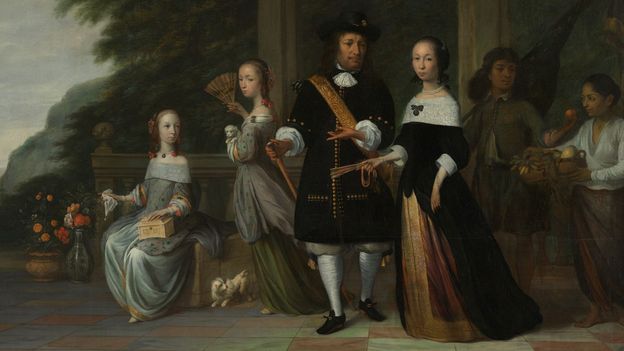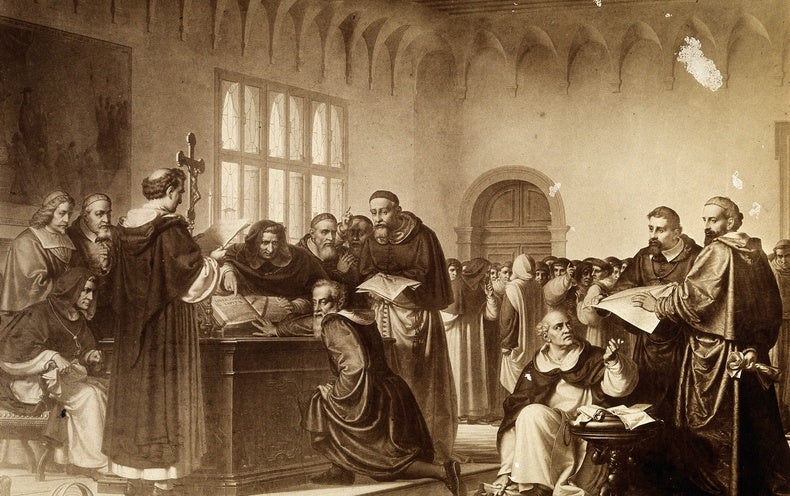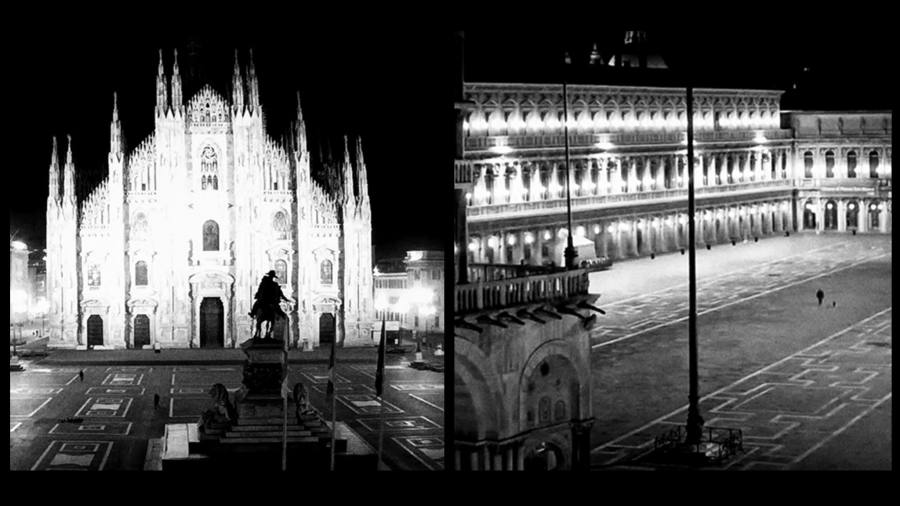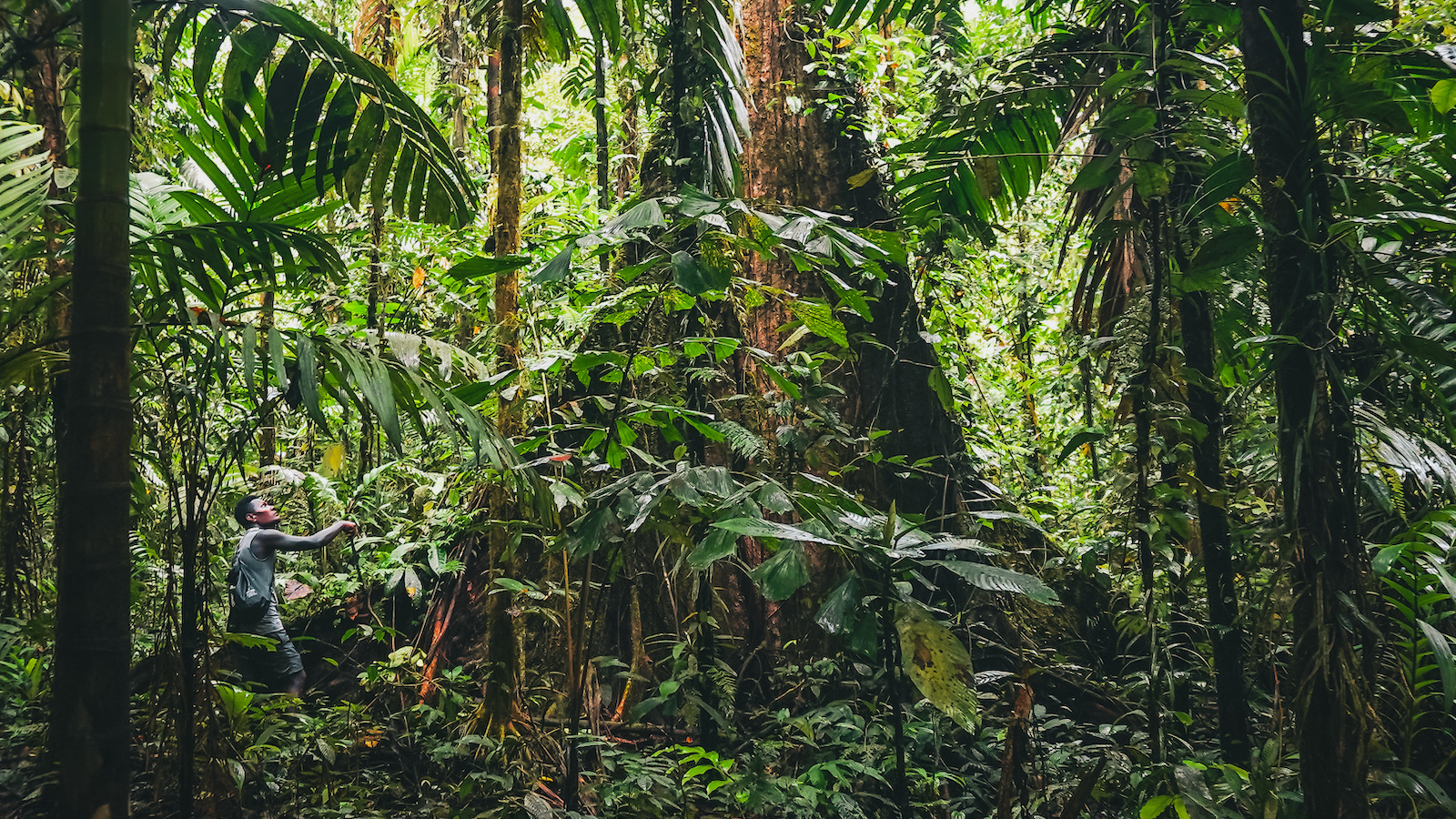
How the Dutch are facing up to their colonial past - BBC Culture
Rembrandt's magnificent full-length portraits of Oopjen Coppit and her husband Marten Soolmans are two of the most prized possessions in the Rijksmuseum in Amsterdam – the Netherlands' prestigious national arts and history museum. Dressed in elaborate finery and painted in a way only the richest could afford, the couple are the embodiment of the era of economic prosperity and artistic flourishing commonly referred to as "the Dutch Golden Age". But delve deeper and these portraits also tell a more complex and disturbing tale, for Soolmans derived his wealth from refining sugar produced by an enslaved workforce on plantations in Brazil.
For more than 250 years the Netherlands had extensive colonies in the regions that are now known as Indonesia, South Africa, Curaçao, New Guinea – and beyond – where enslaved men, women and children were treated as barely human. Too often thought of as something that was perpetrated by a minority overseas, a ground-breaking new exhibition at the Rijksmuseum reveals how slavery permeated every level of society, both in the colonies and on home soil, and left a legacy that still ripples through the country today.
Marten Soolmans – whose portrait by Rembrandt is one of the Rijksmuseum's most prized possessions – derived his wealth from enslaved workforces in Brazil (Credit: Rijksmuseum)























